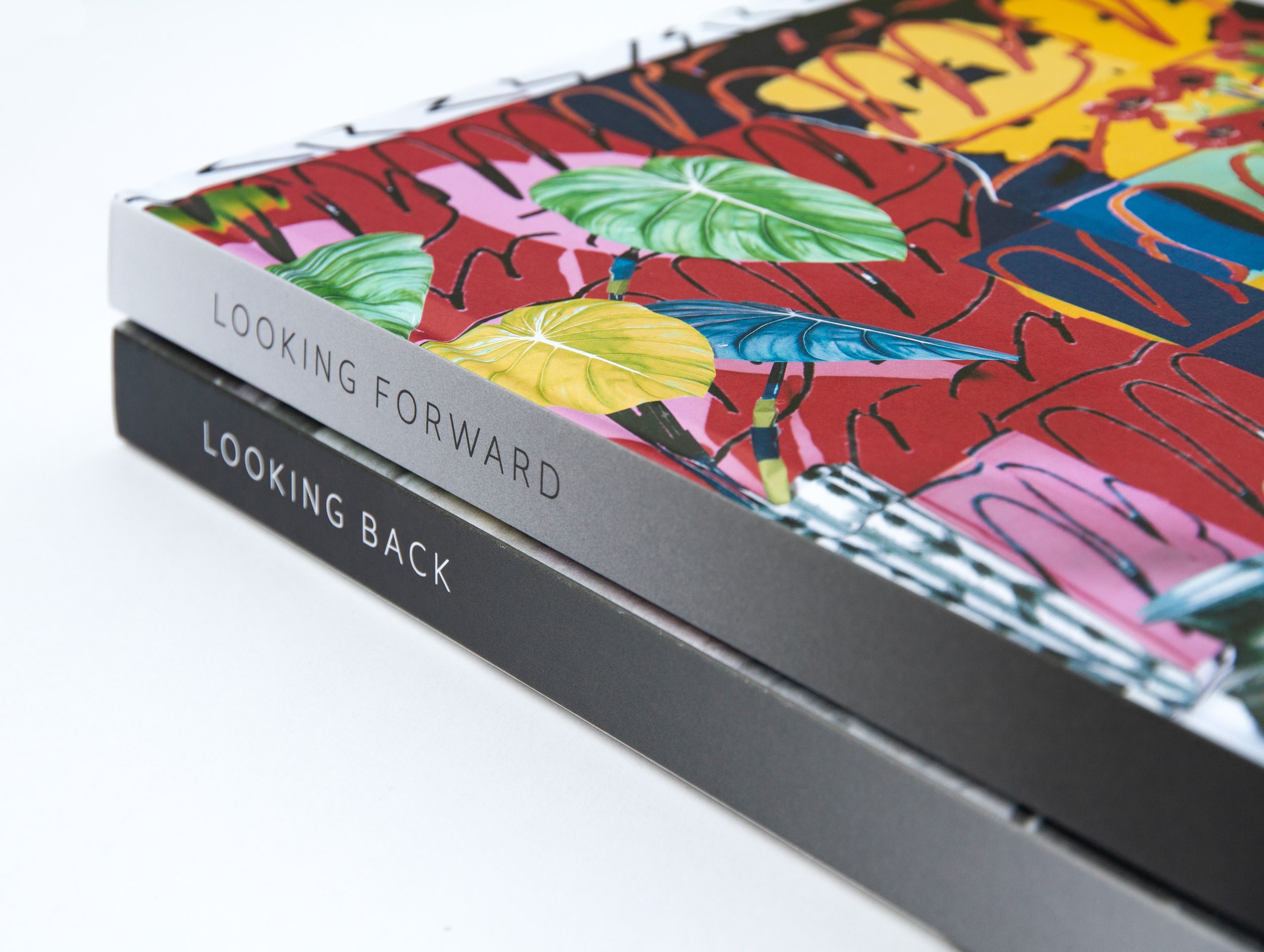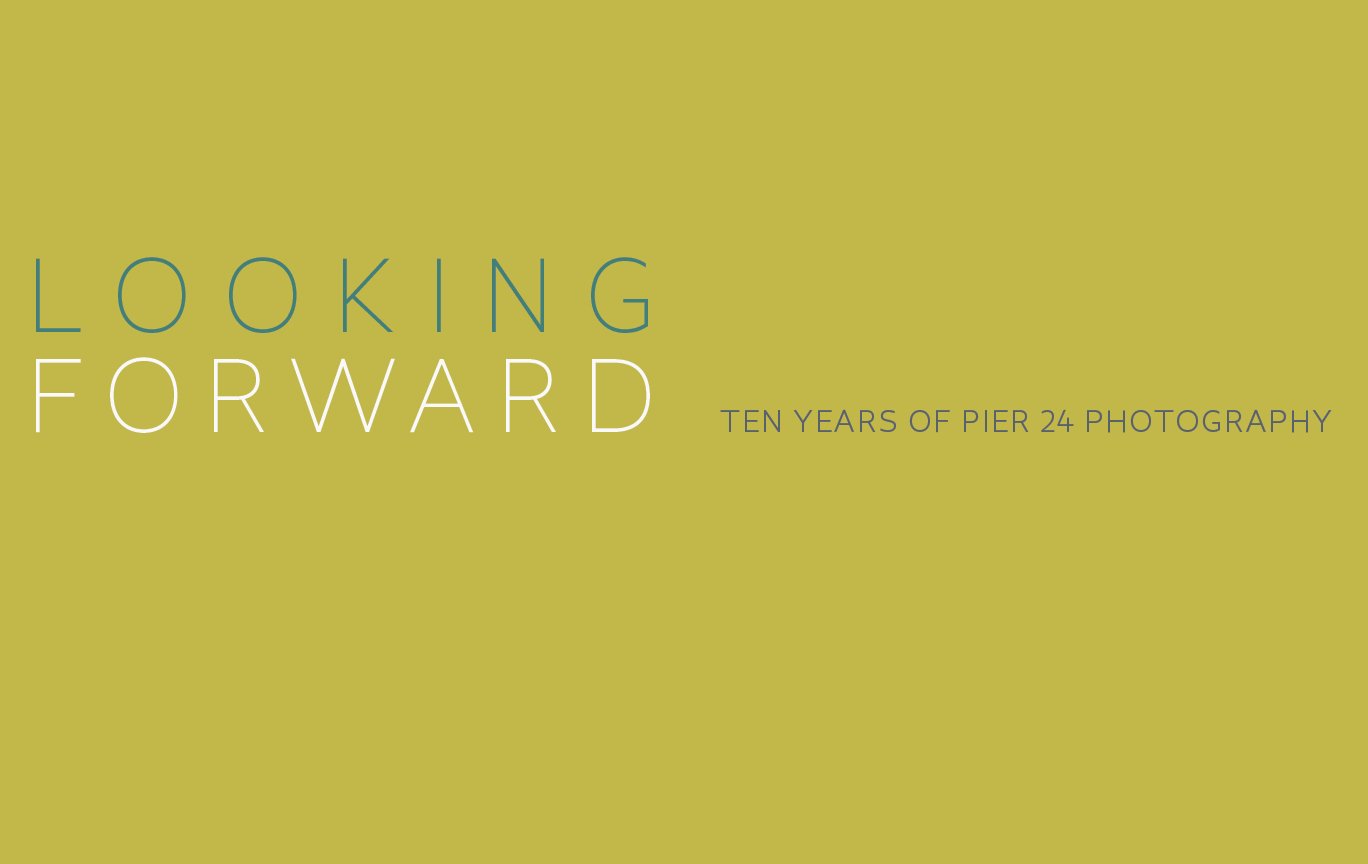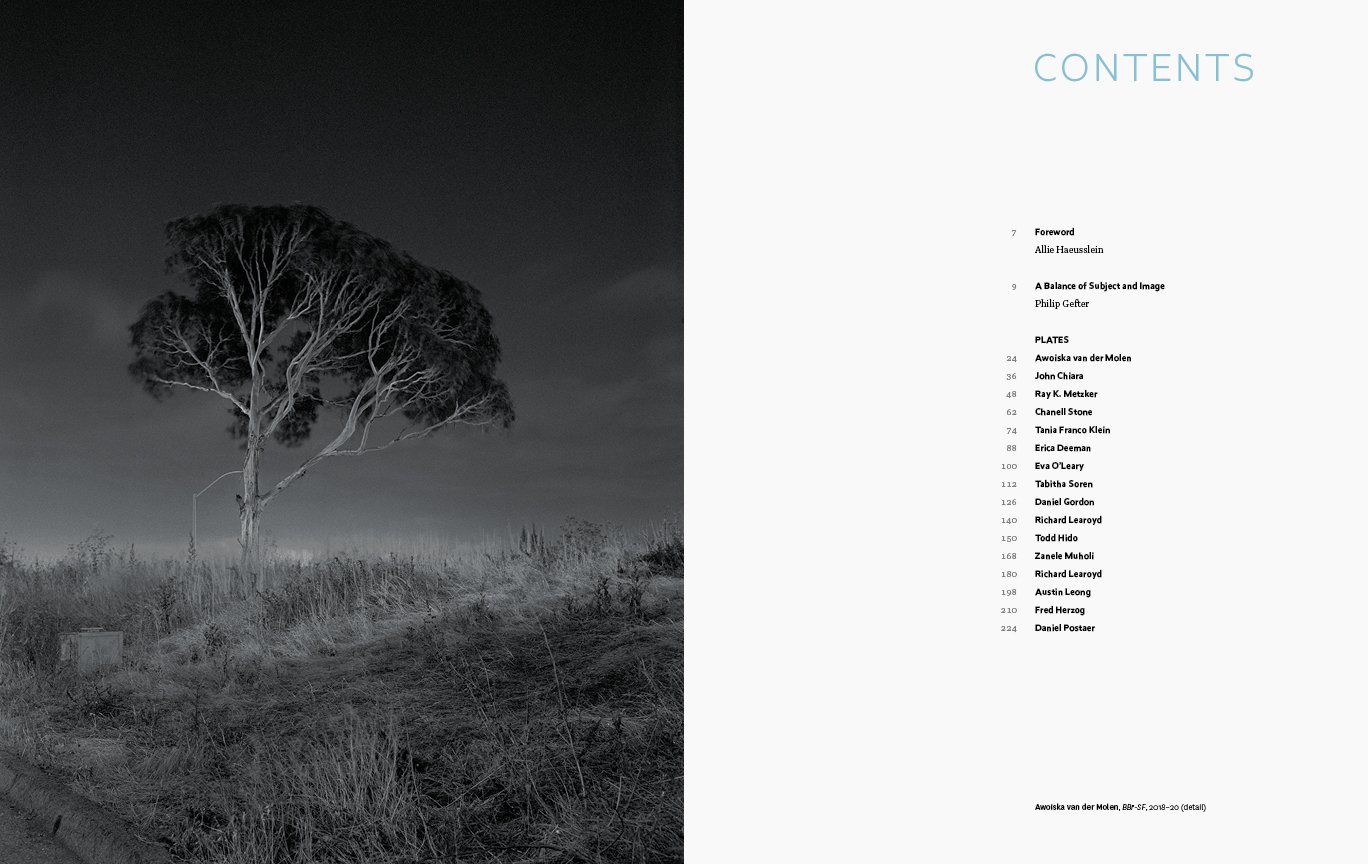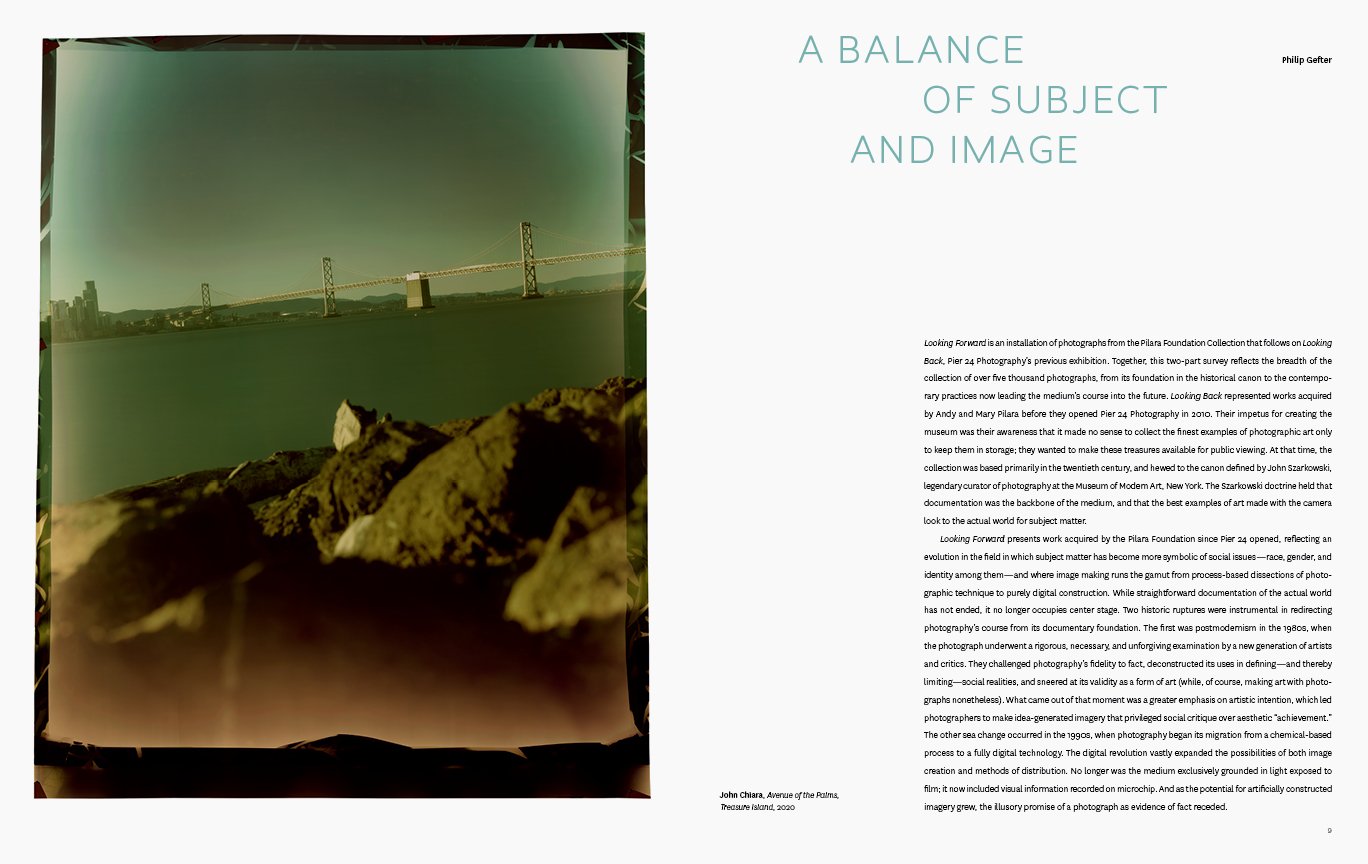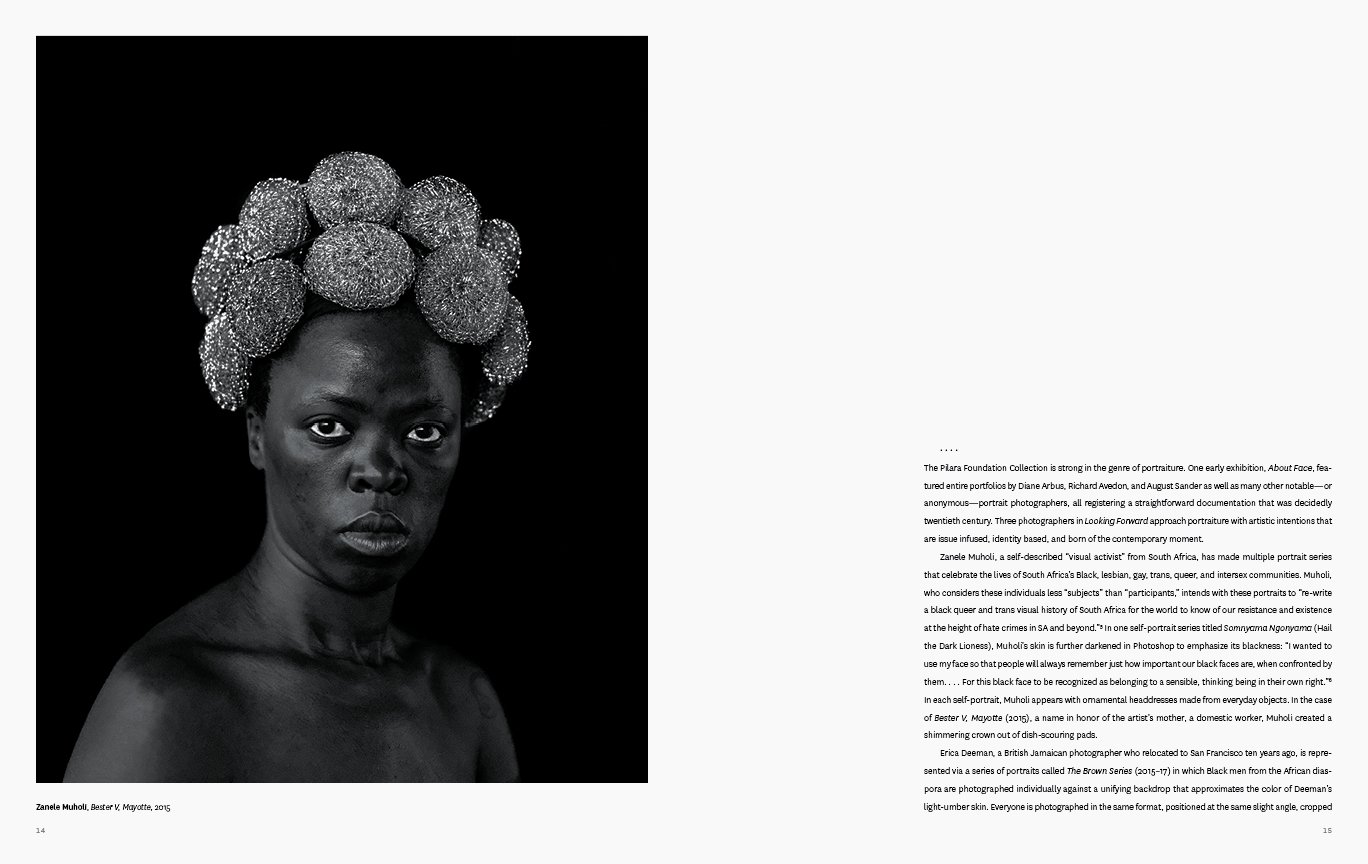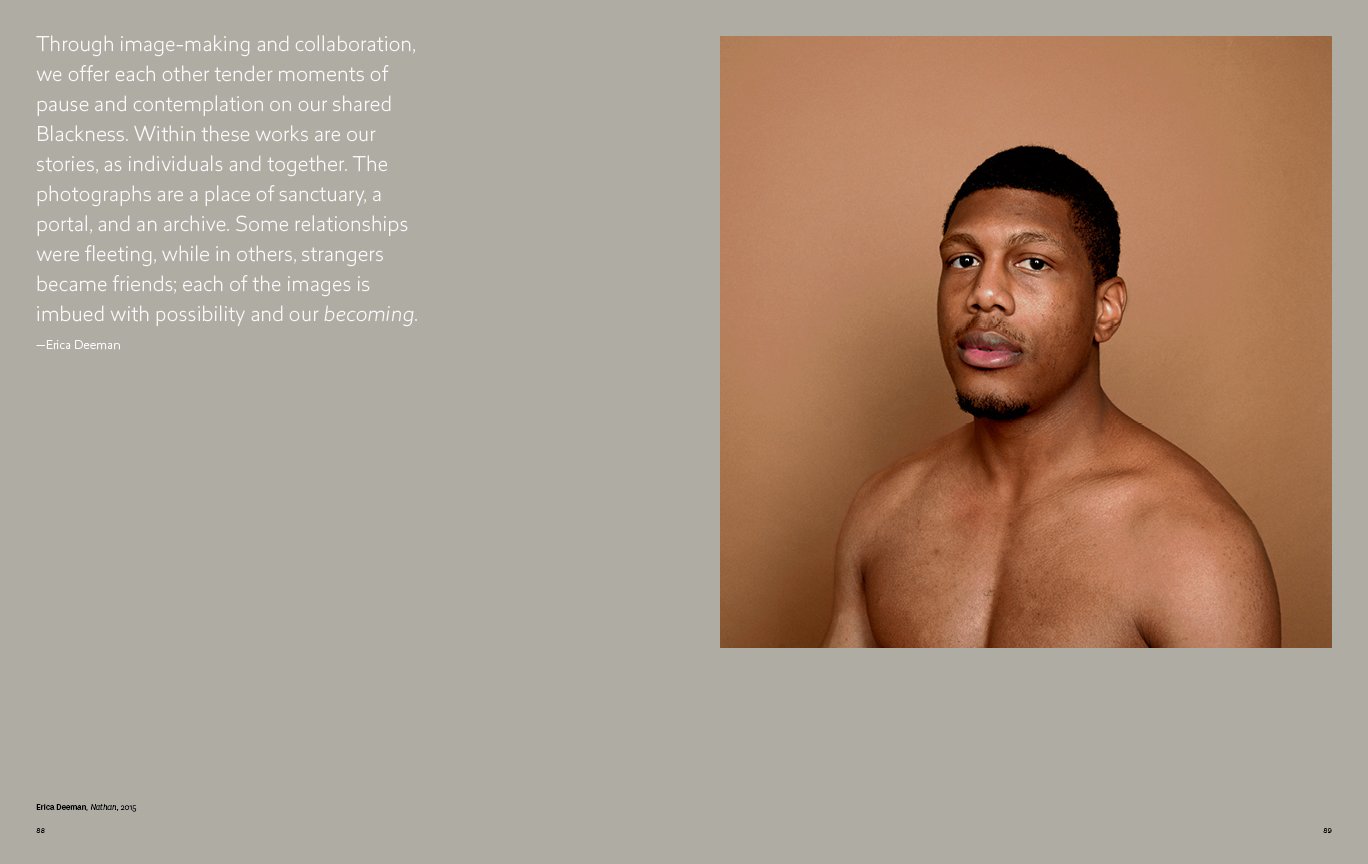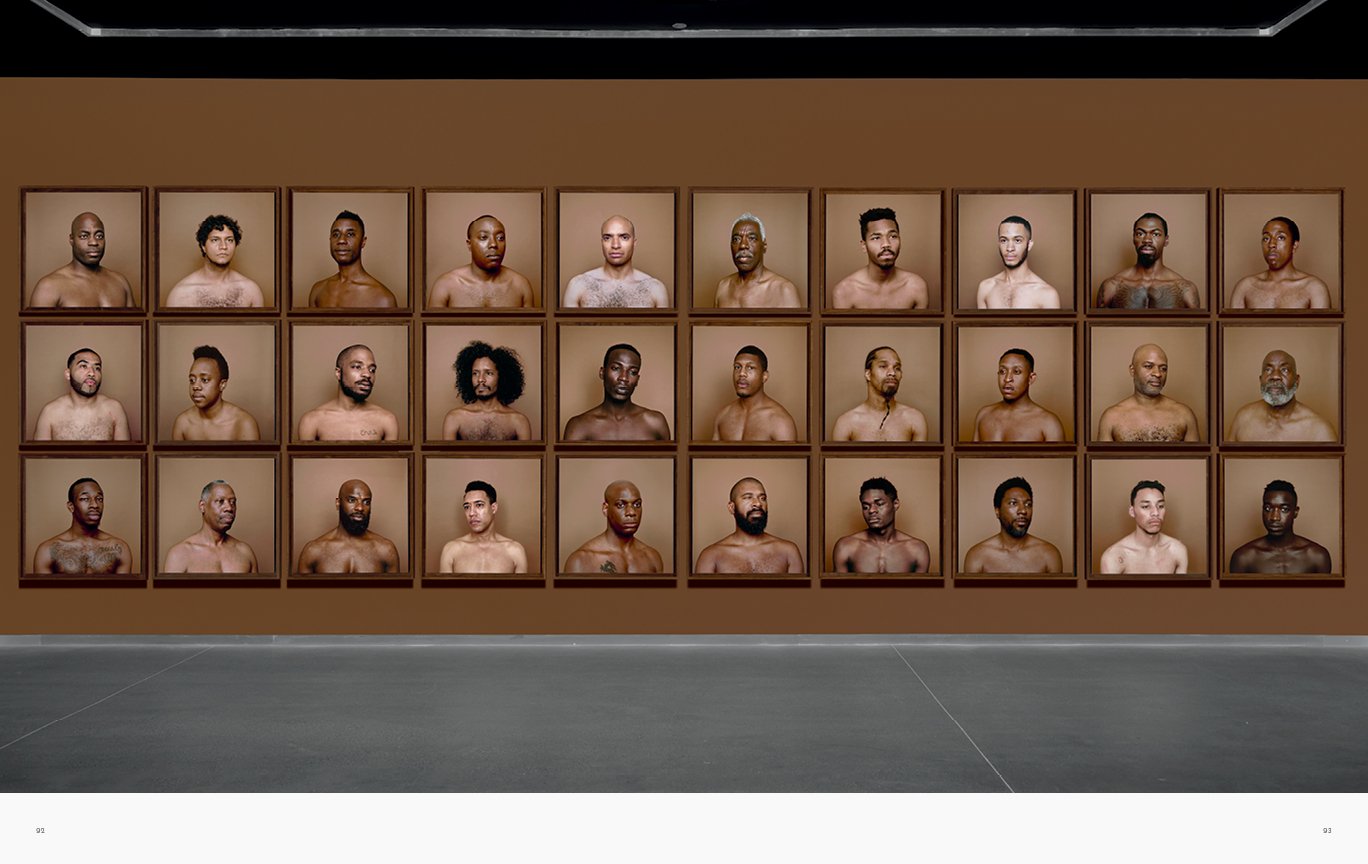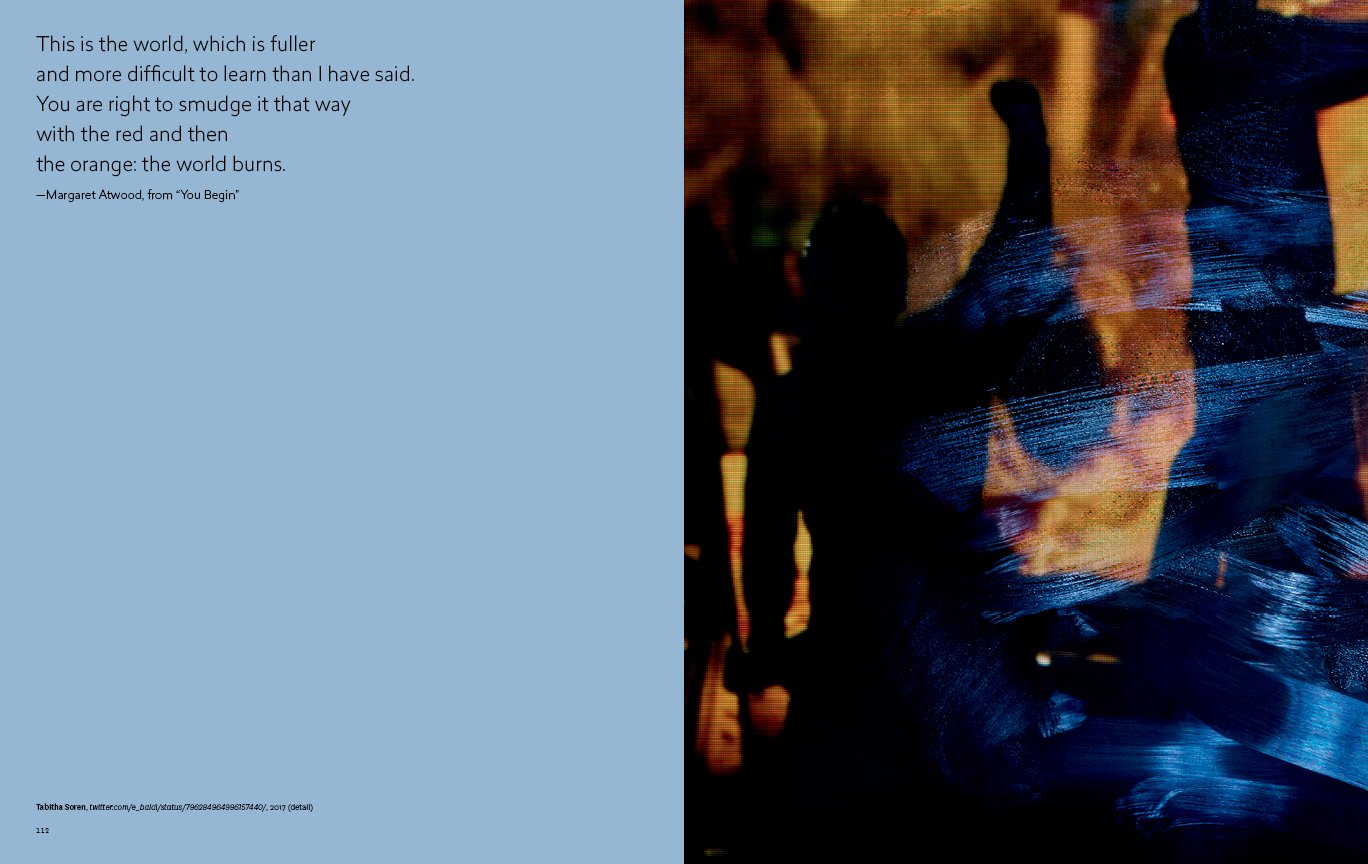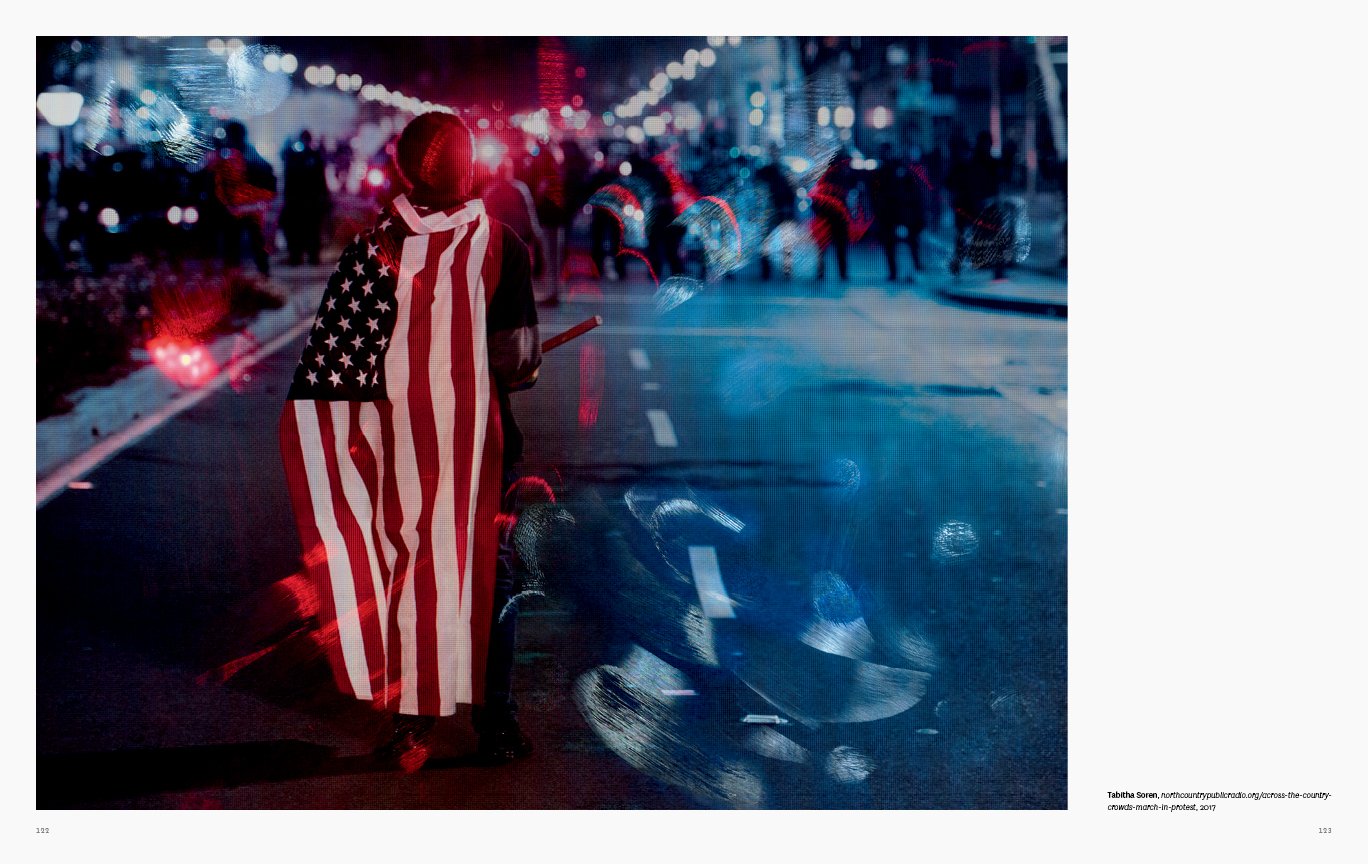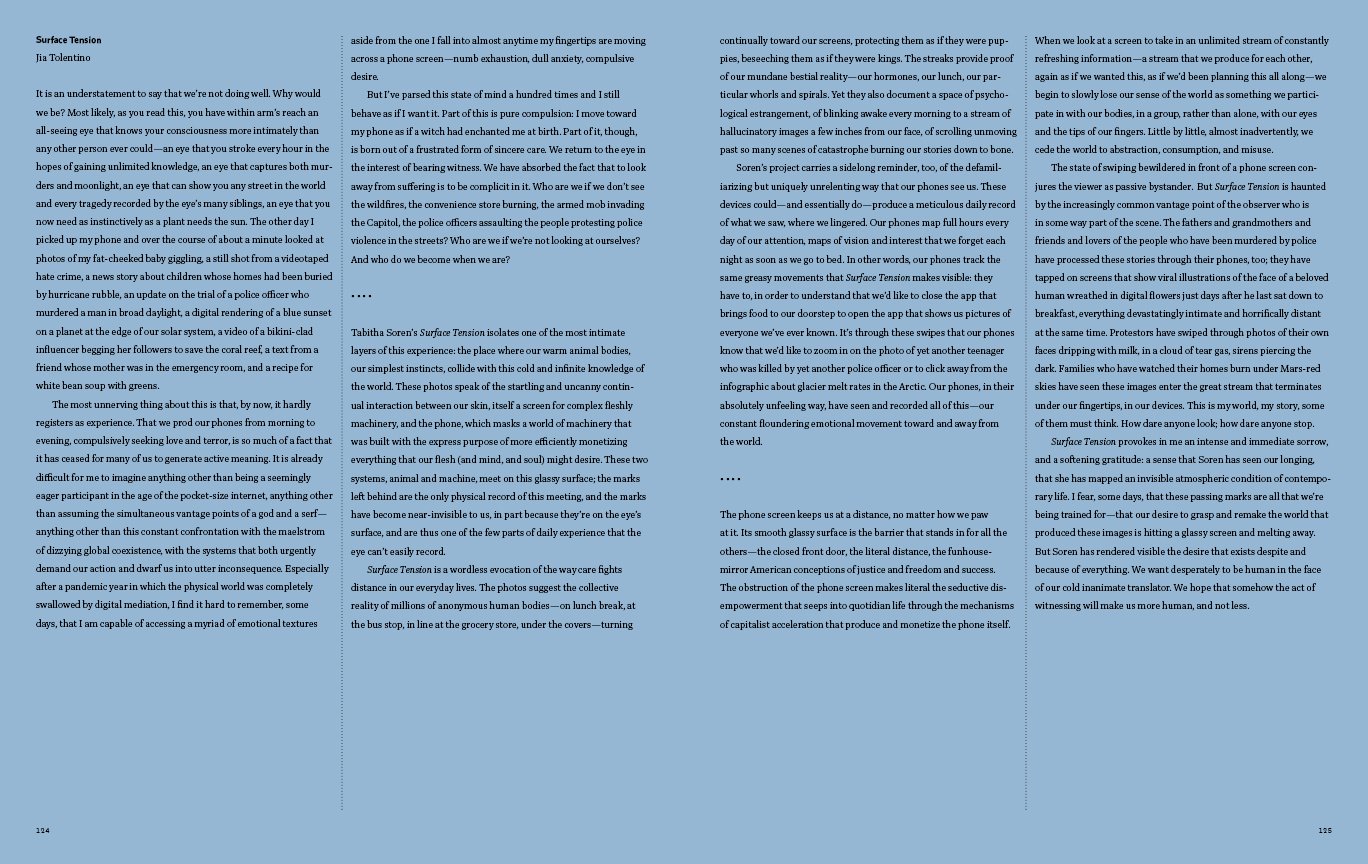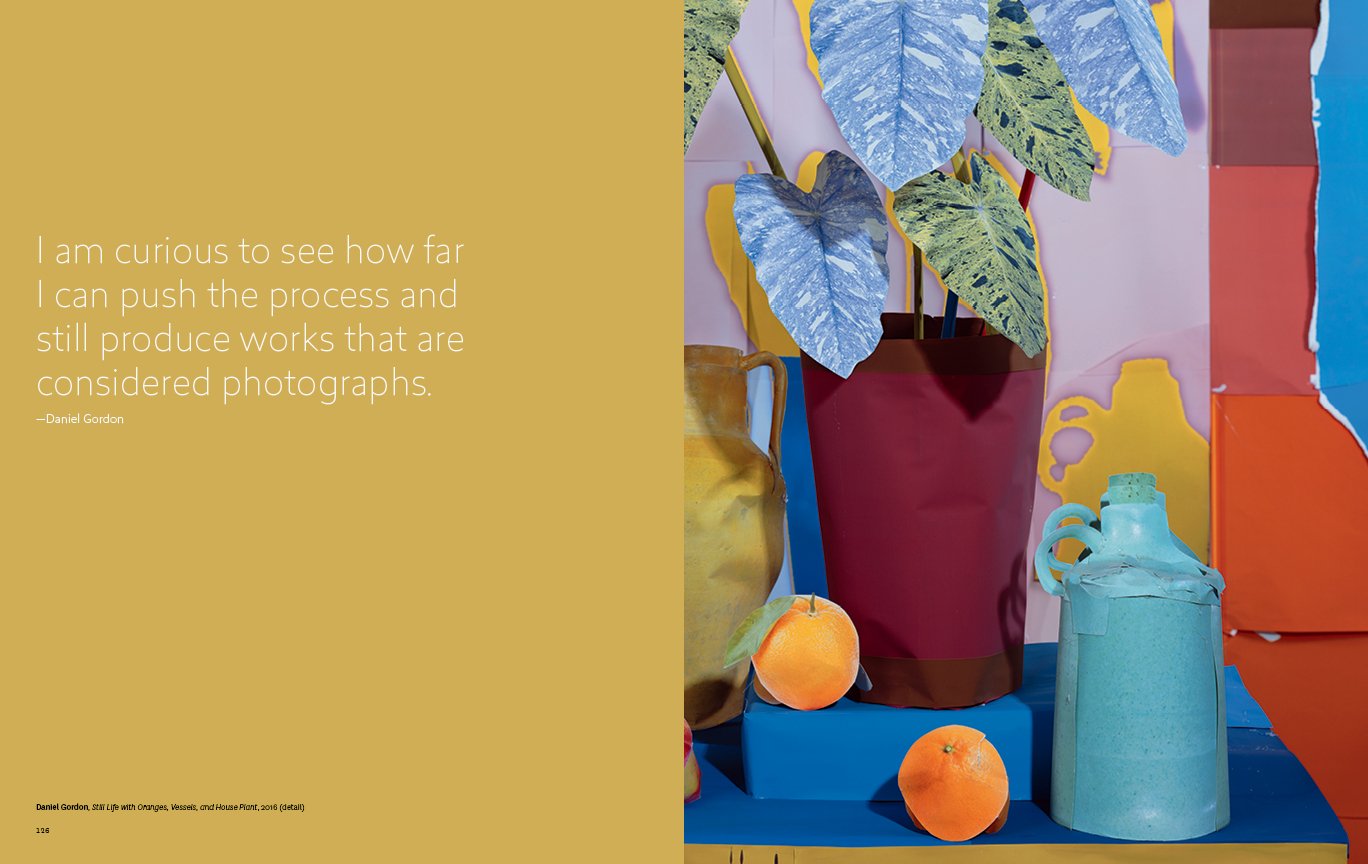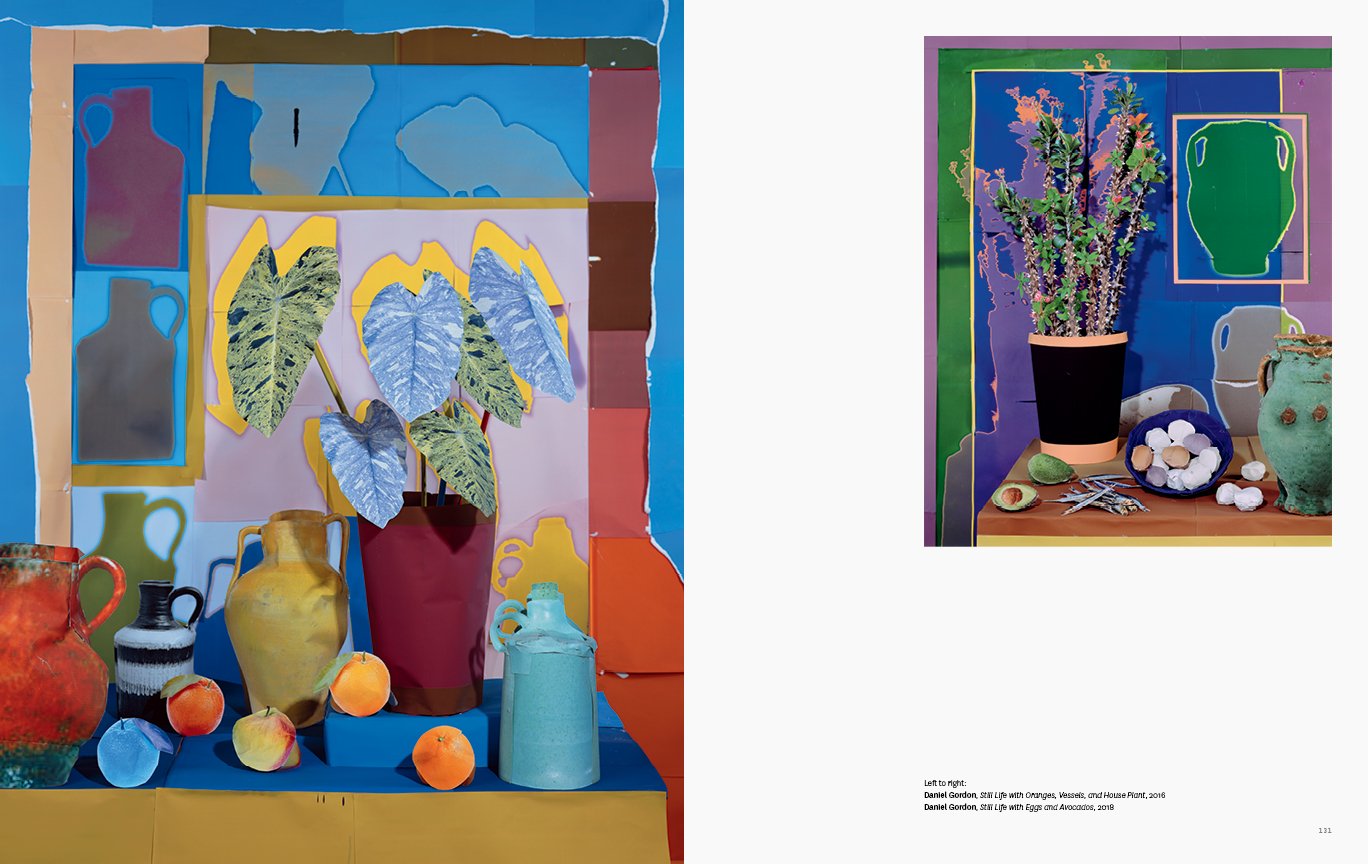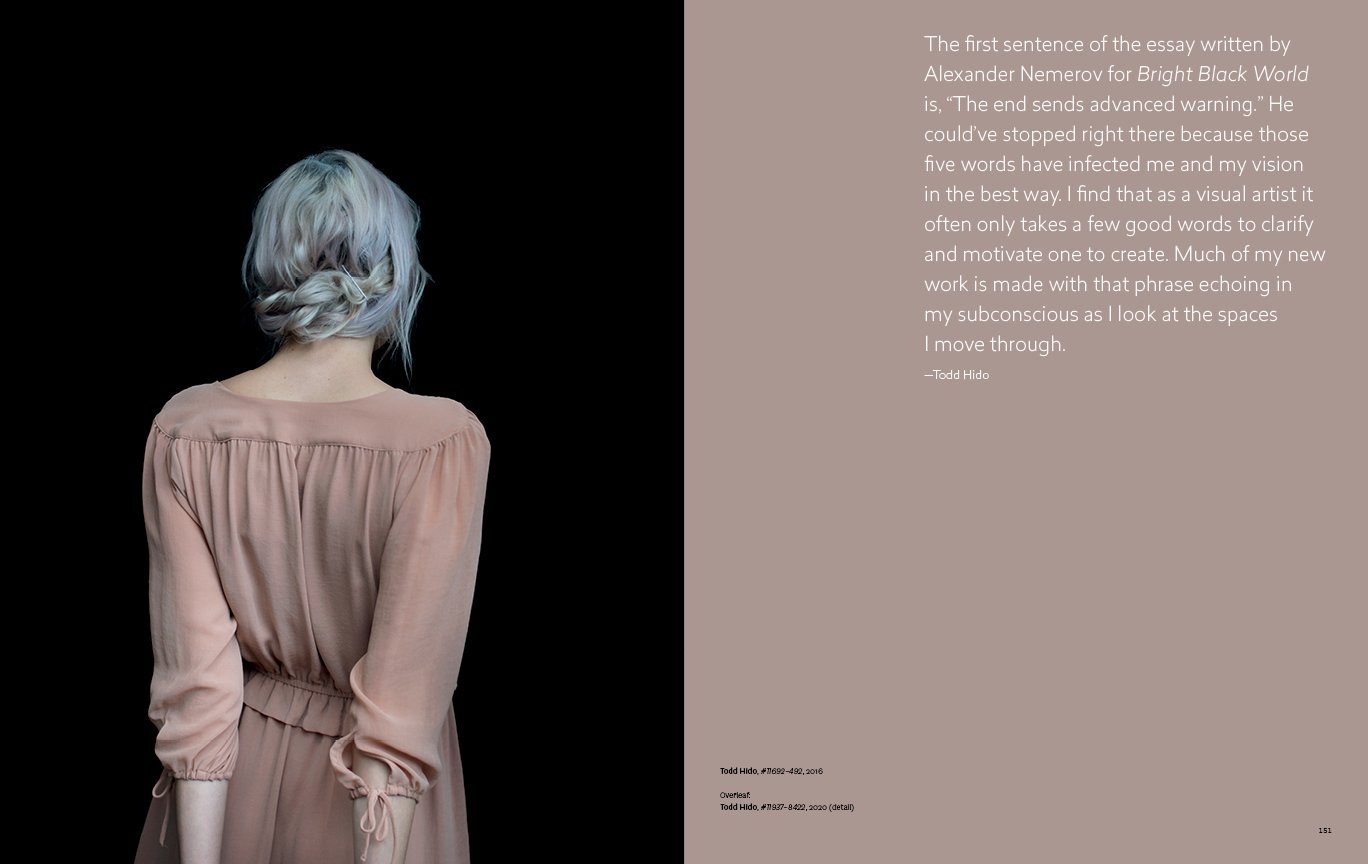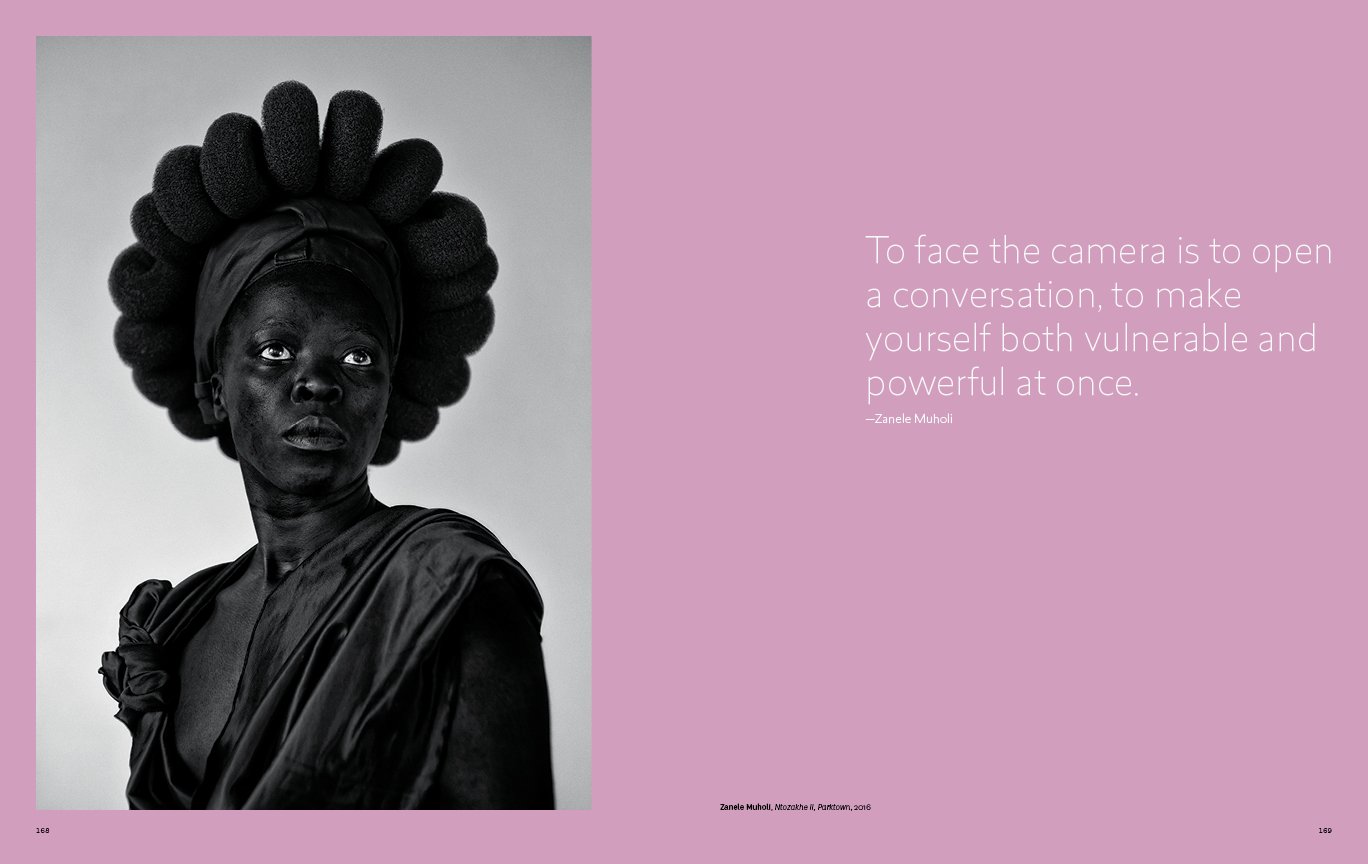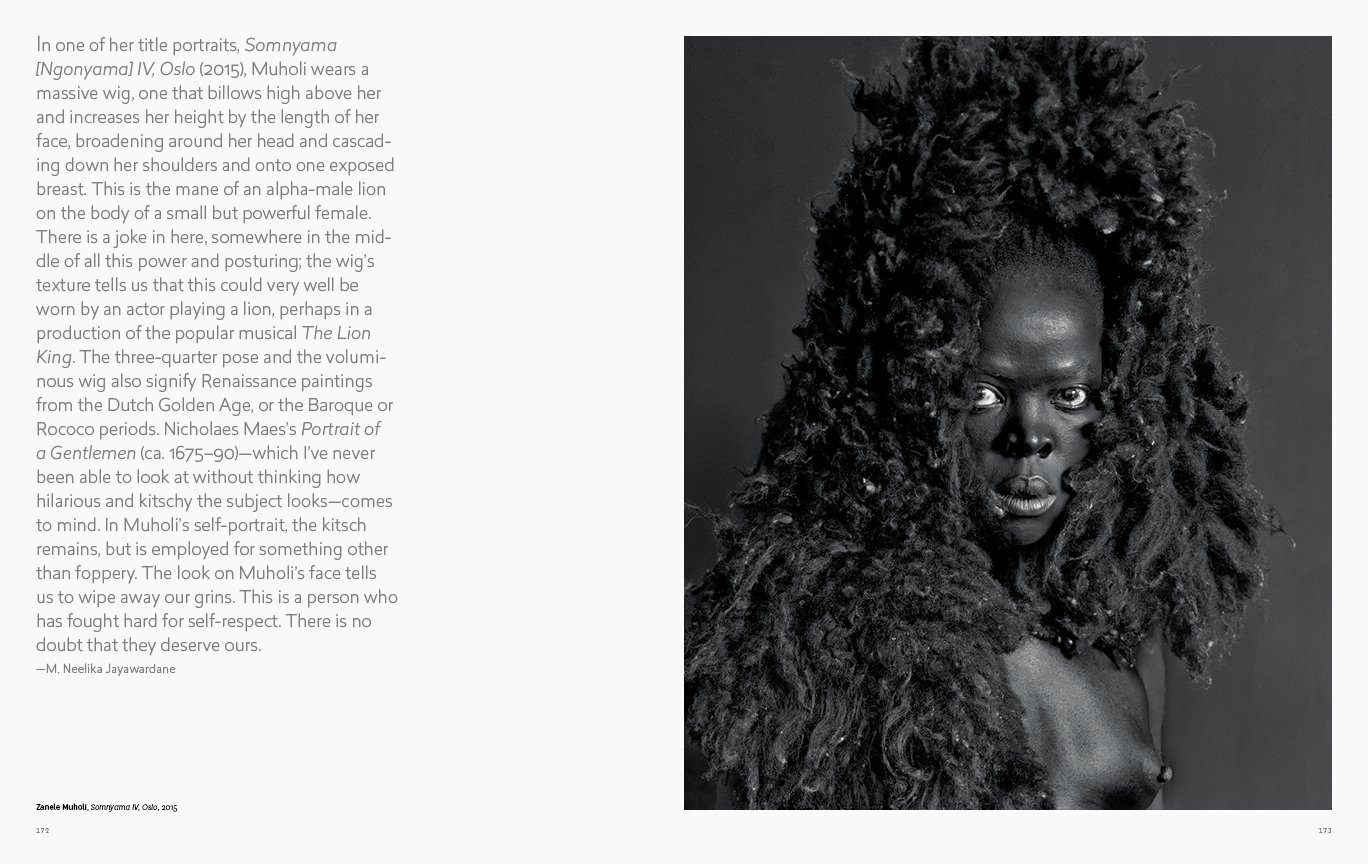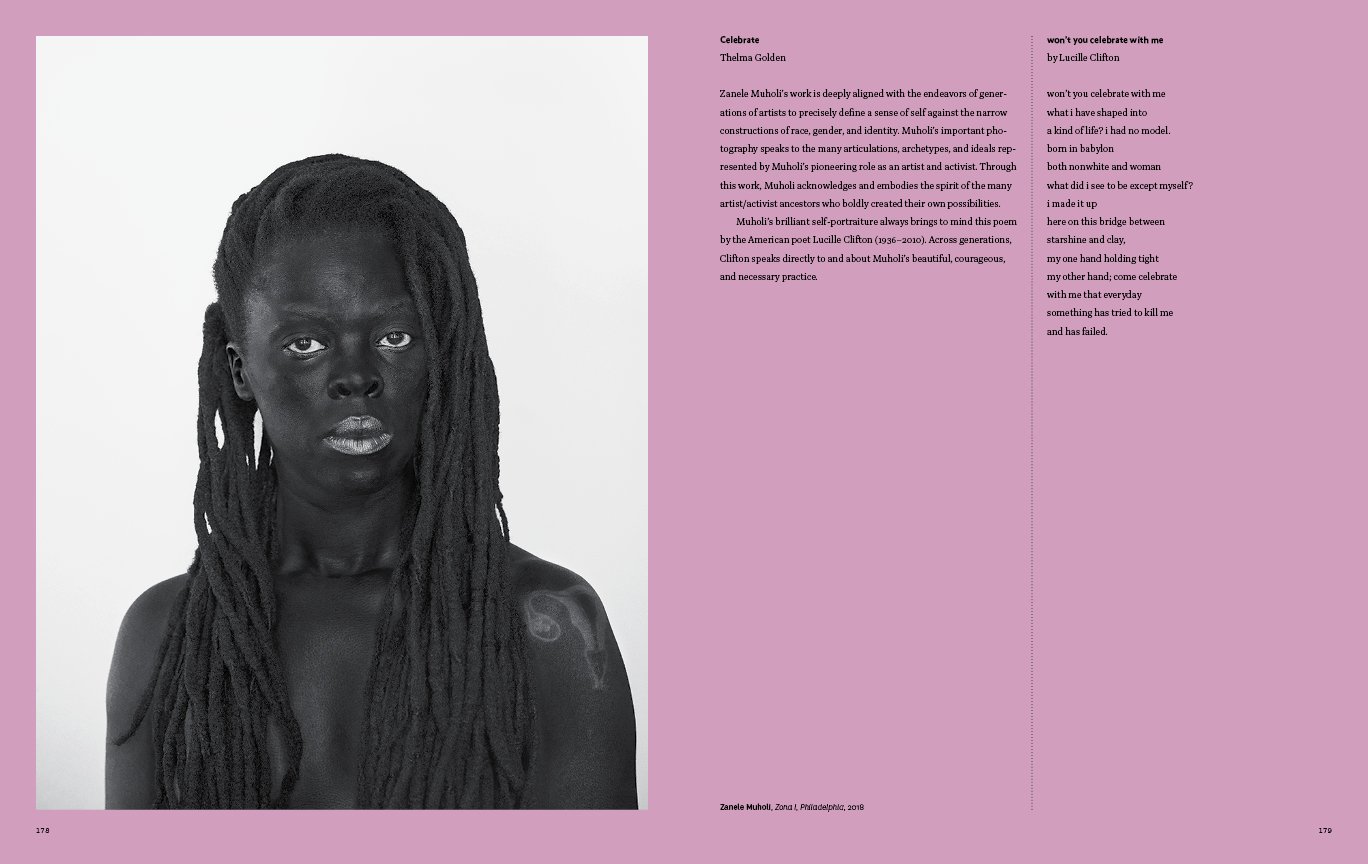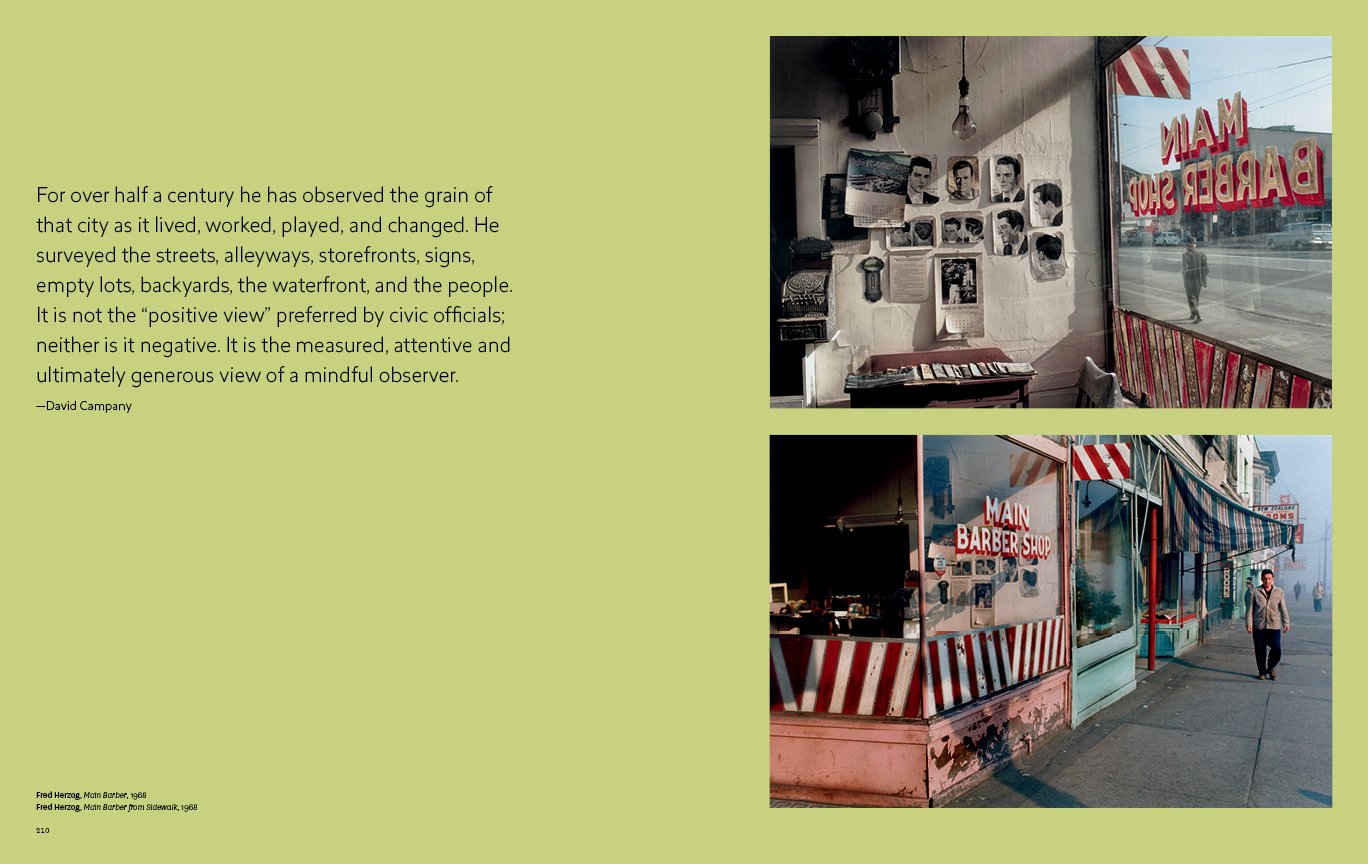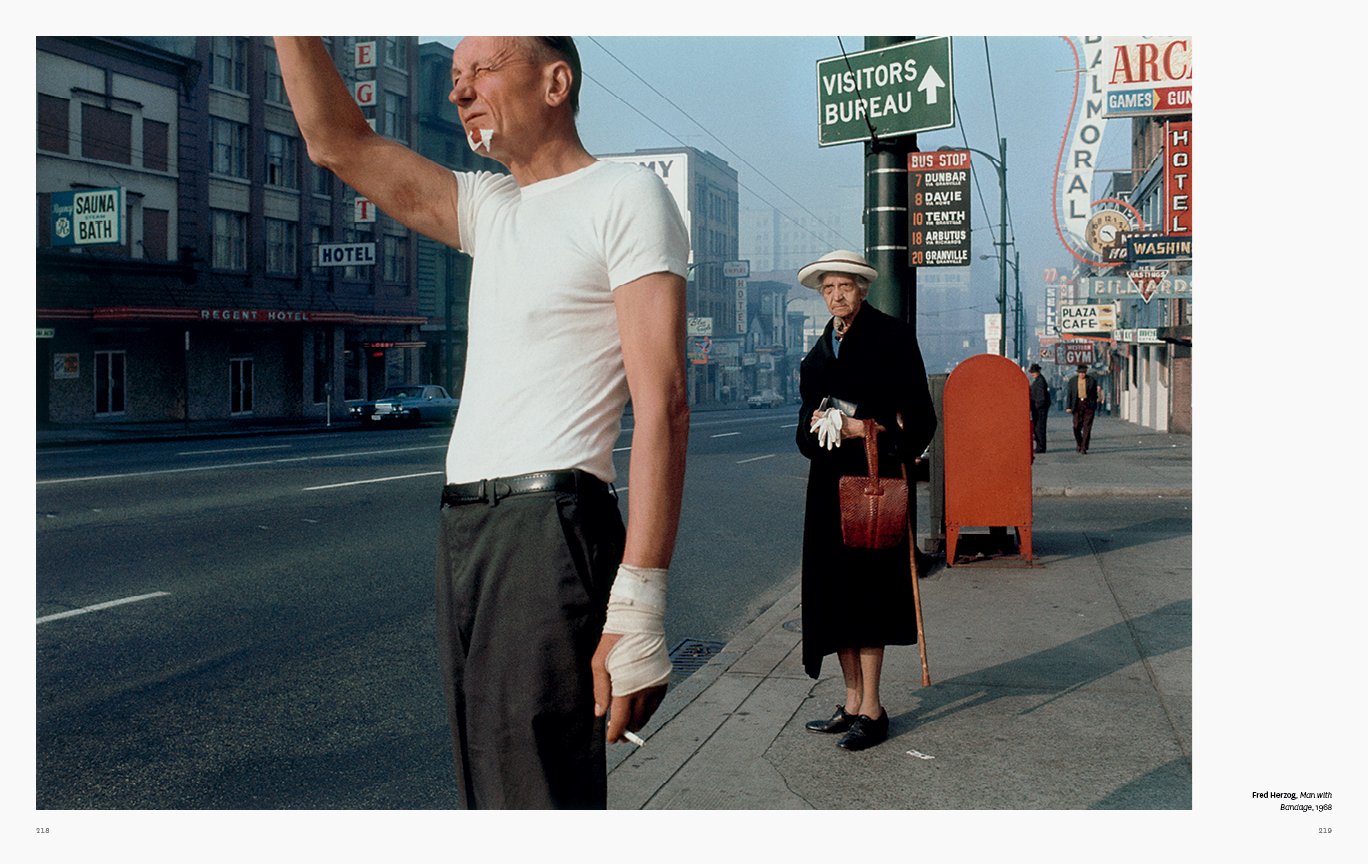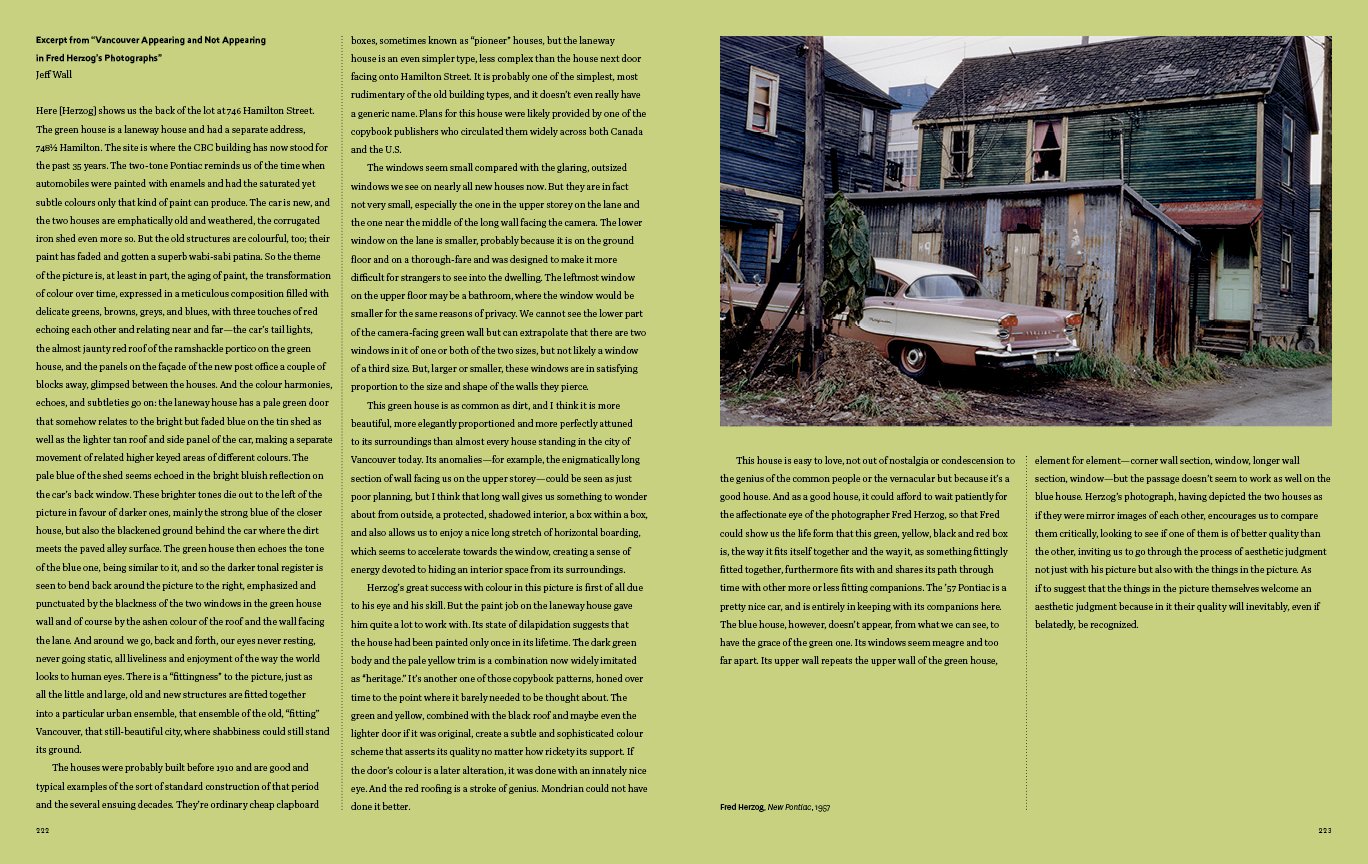Looking Forward: Ten Years of Pier 24 Photography
book design for Pier 24 Photography
edited and introduced by Allie Haeusslein
essay by Philip Gefter
photographers: John Chiara, Erica Deeman, Tania Franco Klein, Daniel Gordon, Fred Herzog, Todd Hido, Richard Learoyd, Austin Leong, Ray K. Metzker, Zanele Muholi, Eva O’Leary, Daniel Postaer, Tabitha Soren, Chanell Stone, and Awoiska van der Molen
contributing writers: Carl Sandburg, Chanell Stone, Jia Tolentino, Alexander Nemerov, Thelma Golden, Lucille Clifton, and Jeff Wall
From Allie Haeusslein's introduction:
Looking Forward picks up where Looking Back—the first of our celebratory exhibitions—left off by highlighting a selection of photographers collected by the Pilara Foundation over the past decade. Organizing and curating this show offered an opportunity to collaborate closely with more than ten contemporary photographers to present rooms of their works. With a focus on single-artist galleries, Looking Forward demonstrates our belief that exhibiting photographers’ works in depth is the best way to communicate their visions.
From Philip Gefter's essay:
Looking Forward presents work acquired by the Pilara Foundation since Pier 24 opened, reflecting an evolution in the field in which subject matter has become more symbolic of social issues—race, gender, and identity among them—and where image making runs the gamut from process-based dissections of photographic technique to purely digital construction. While straightforward documentation of the actual world has not ended, it no longer occupies center stage. Two historic ruptures were instrumental in redirecting photography’s course from its documentary foundation. The first was postmodernism in the 1980s, when the photograph underwent a rigorous, necessary, and unforgiving examination by a new generation of artists and critics. They challenged photography’s fidelity to fact, deconstructed its uses in defining—and thereby limiting—social realities, and sneered at its validity as a form of art (while, of course, making art with photographs nonetheless). What came out of that moment was a greater emphasis on artistic intention, which led photographers to make idea-generated imagery that privileged social critique over aesthetic “achievement.” The other sea change occurred in the 1990s, when photography began its migration from a chemical-based process to a fully digital technology. The digital revolution vastly expanded the possibilities of both image creation and methods of distribution. No longer was the medium exclusively grounded in light exposed to film; it now included visual information recorded on microchip. And as the potential for artificially constructed imagery grew, the illusory promise of a photograph as evidence of fact receded.
248 pages
9.5 x 12 inches

